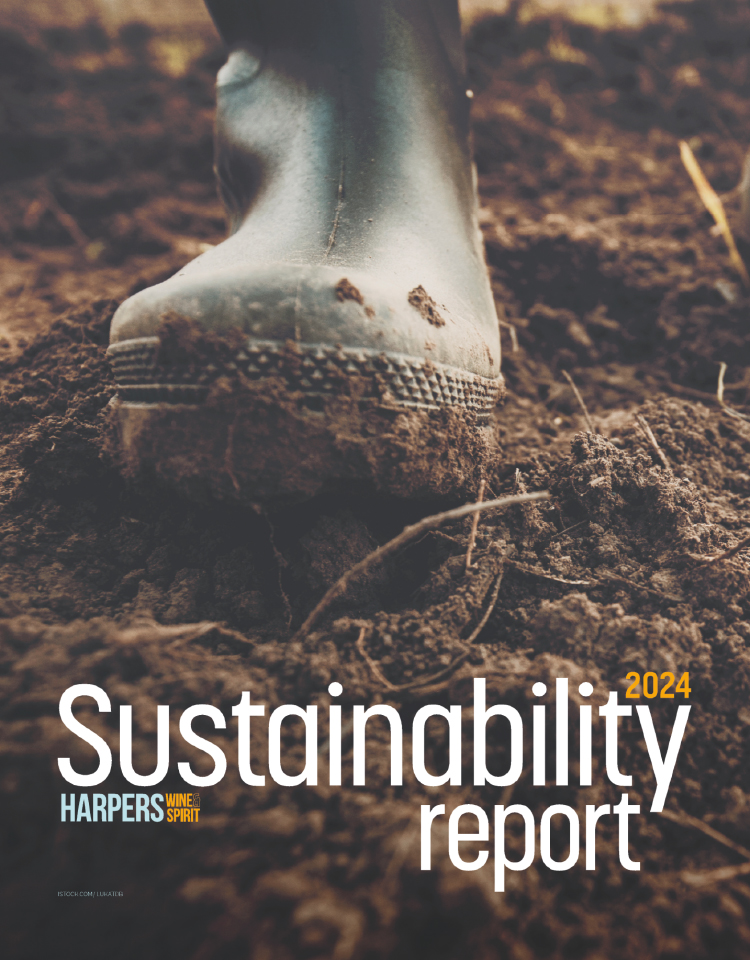
Dominic Roskrow on the wonderful world of weird and wacky whiskies
New whisky distilleries are popping up all over the world and they're all competing to make a name for themselves. But some, says Dominic Roskrow, are turning to increasingly bizarre production methods in an attempt to be different
If you're making a drink with just grain, yeast and water, as you do with whisky, how do you create a flavour that sets you apart from the thousands of other whiskies you're competing with?
You could use a different grain to traditional barley, corn, rye and wheat, turning to the likes of oats, quinoa, spelt and triticale for something different.
You could try maturing your spirit in casks made of different wood such as hickory or cherrywood. Or you could use a cask that previously contained something unusual before it was used for whisky making. As far as I'm aware, there's no whisky matured in an ouzo cask available yet. Or old fermented coconut barrels.
You could try drying your malted grain over different heat sources, as they do in New Zealand with manuka wood, in Sweden with juniper twigs, or America, where every type of wood imaginable has been used a s a replacement for the more traditional peat.
Or you could just bend the rules and hope you get away with it, as they have done in india with molasses, in France with buckwheat, and in Corsica with chestnut.
What do you do, though, when all the available permutations appear to be exhausted?
Metaphysical whisky making
Well how about focusing not on the physical ingredients such as grain, wood and peat, but on the 'metaphysical' ones such as environment, humidity, temperature, and atmosphere?
And if this is starting to sound a wee bit pretentious at best and plain weird at worse, than welcome to the world of a small number of distilleries which seem to have taken a page out of the wacky wine pamphlet, married it up with one or two entries in the oddball vodka handbook, and come up with their own take on weird and wacky whisky.
Until recently this was the territory of the Scandinavians, who's approach to whisky making has tended towards a decidedly Insomnia-like eccentricity.
In Iceland, for instance. Flóki Distillery has added local flavour to its malts by adopting the local custom of using sheep dung as fuel.
But Sweden is the number one place for wacky whisky. Mackmyra matures some of its whisky in an underground mine so big that lorries can drive in to it. It stores some of its malt in old armouries on islands off the coast of Stockholm. And if you're fortunate enough to visit for a tasting with master distiller Angela D'Orazio, then chances are you won't bother waiting for the sea taxi to get back. No, Angela may just call the police to come and pick you up in a high power speed boat, so that you travel back to central Stockholm at 30 knots an hour and with a police escort. Wallander, eat your heart out.
Meanwhile in Northern Sweden, there is an area with one of the biggest Sikh temples outside India, even though there is no discernible Sikh community, and a Wild West village where adults - okay, men - can dress up and be cowboys for the weekend.
Here you'll find an old sawmill which used to make boxes for Victorian England. And this is now Box Distillery, where a group of whisky innovators are experimenting with climate and high quality, low-yielding grains not seen elsewhere in the world for 30 years or more.
Dedicated stuff, but the Swedish wacky crown is in danger of being dislodged by two Swiss guys, one of whom does internet security for a factory where three quarters of all Euro notes are made, and the other who makes diamonds out of the carbon left behind after cremating bodies. Really.
They do not distil, but buy spirit mainly from Liechtenstein Then they mature it in small Swiss red wine casks in and of eight caves way up in The Alps - the world's highest maturation facilities.
They get them there by cable car and to visit you have to drive up winding mountain tracks that are hazardous even in summer. They are experimenting with atmosphere and have some of the casks placed to benefit from what is known as the 'hair dryer' - a blast of warm air that can arrive at any time of the year and is hot enough to allow the region to grow grapes for wine production.
Whether any of these experiments will produce anything novel or unique remains to be seen. But even Scotland is keen to try something new. Glenmorangie's Dr Bill Lumsden in Scotland has even worked with NASA to send Ardbeg casks in to space.
Don't let it be said, then, that whisky isn't shooting for the stars.





